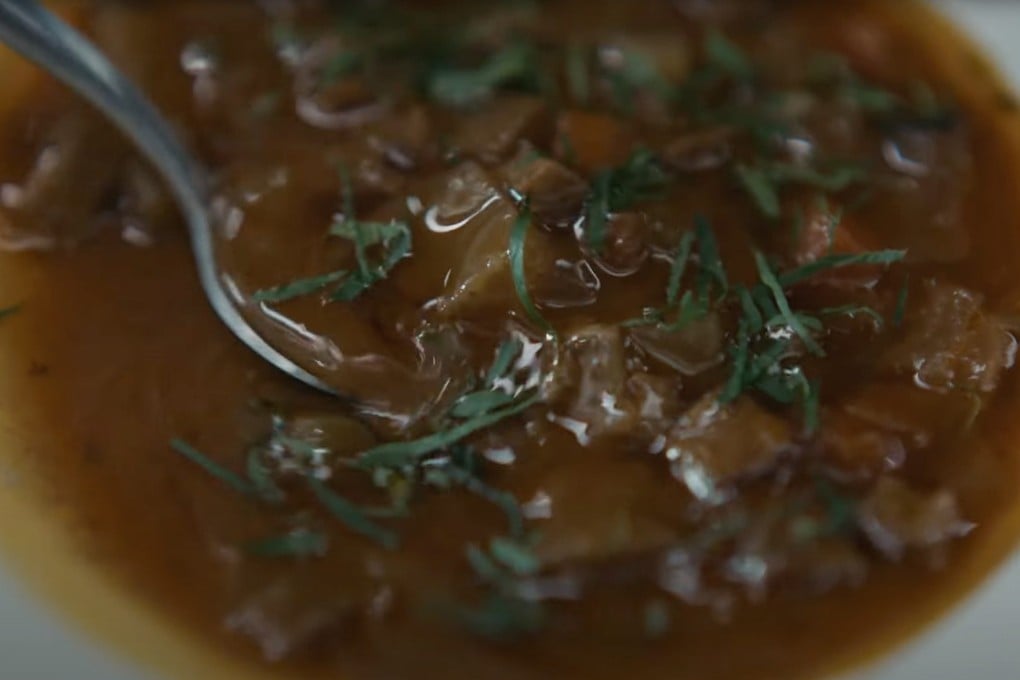Not turtle: AI-designed, plant-based mock turtle soup helps raise awareness of need to save the endangered reptiles
- Chilean company NotCo used AI to analyse 300,000 plants and their 260 quintillion combinations to create a soup that synthesises turtle meat and its flavour
- The process was filmed for a documentary, Not Turtle, that shares a message about the harm caused by the hunting of turtles for food

It tastes like turtle soup but there is no trace of shelled animals in the bowl: Chilean plant-based food firm NotCo recreated this famous dish using artificial intelligence hoping to help raise awareness about the endangered reptile.
The design and roll-out of the soup was filmed for a documentary that details the laboratory and industrial work that went into making the product, interspersed with an explanation of the harm caused by the hunting of turtles for human consumption.
“We wanted to generate an impact through artificial intelligence,” said Bernardo Moltedo, NotCo’s AI culinary science leader.
“We have been working on this for several years. We always ask ourselves ‘why not,’ that is why we ended up working to help endangered species, as is the case with turtle soup,” he said.
NotCo’s AI analysed 300,000 plants and made 260 quintillion (260 billion billion) combinations until it found a mix of five proteins that most closely resembled turtle meat.